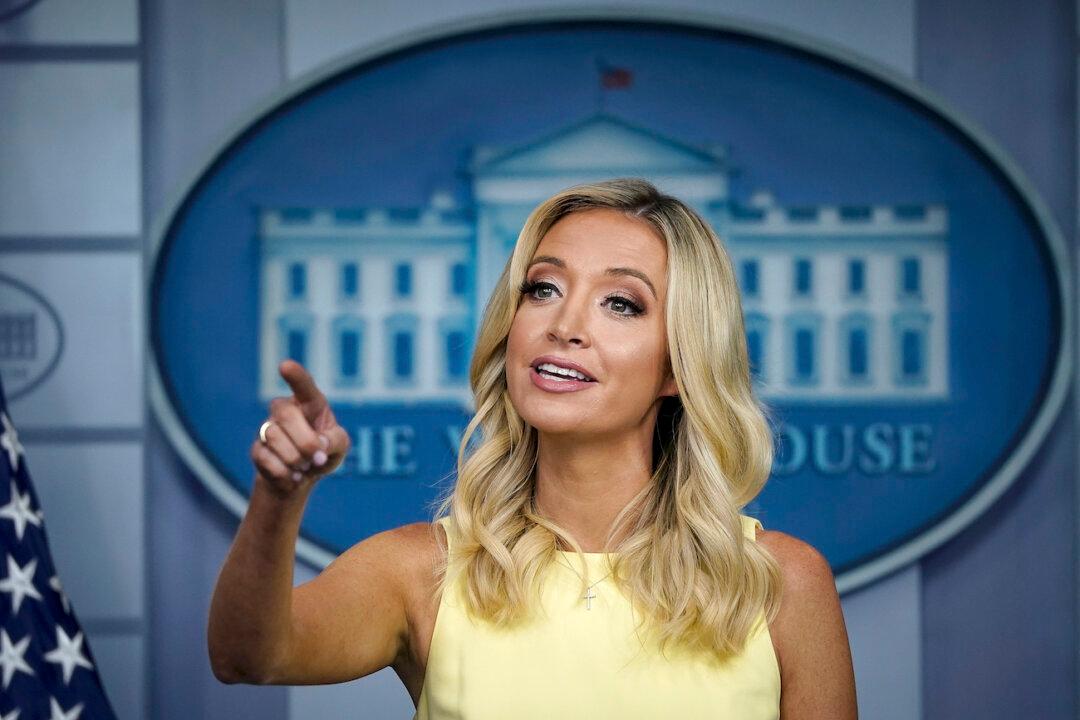White House press secretary Kayleigh McEnany in a public announcement alleged that there was “media bias” over a statement she made on reopening schools amid the COVID-19 pandemic.
McEnany called the situation a “Case Study in Media Bias,” and wrote in a Twitter post that the media had “deceptively” suggested that she was making a point opposite to what she wanted to express.




